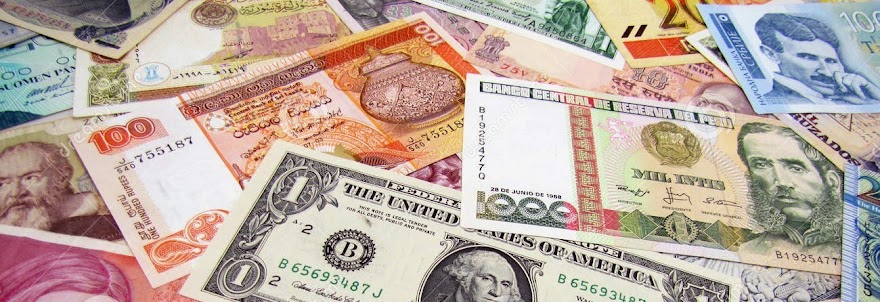1913 10 Shillings banknote
Image Curtesy: Talismancoins.com
The first Australian currency note, bearing
the ten shilling denomination, celebrates its centennial in 2013 as the most
valuable pieces of Australian numismatic history in existence. The 10 shilling
note, with the serial number M000001, was issued on May 1, 1913. The official numbering ceremony took place at the government printing works,
which was then located at the King’s Warehouse at the western end of Flinders
Street in Melbourne. The serial number was printed on the note by means of a
hand-operated press by the Honourable Judith Denman, the five-year-old daughter
of then Governor General Lord Denman. The note was then presented by Prime Minister Andrew Fisher to little Judith.
And then the note disappeared from history, not to see the light of day for
nearly 90 years! Other face values from £1 to £1,000 followed during the years
1913–1915, but the 10 shilling was the very first denomination - and the
serial number M000001 the very first of these!
Judith later moved to England, but apparently recognized the importance of her
keepsake. She kept the 10 shilling note in pristine condition, hidden inside an
envelope. Judith lived a long life, passing away in 1987. Still, it was another
12 years before a relative was sorting through Judith's old belongings.This historic banknote was acquired by an extremely well-heeled private
collector in Sydney for AUS $1 million in 2000. It then sold at auction in 2008
for AUS $1.9 million.On May 1st, 2013 - exactly 100 years to the
day after it was printed and issued - Australia's very first commonwealth
banknote was offered for sale for an asking price of AUS $3,500,000.
The note was the initiative of the prime minister of the day, Fisher, and his
Labor government, who wanted post-colonial Australia to have a better sense of
national identity. In their day, the paper 10 shilling notes were known as
"Fisher's flimsies". Fisher's other nation-building initiatives
included the establishment of a government-owned bank, the Commonwealth Bank,
the introduction of Commonwealth postage, and the founding of the capital
Canberra.
Reference: new.com.au



